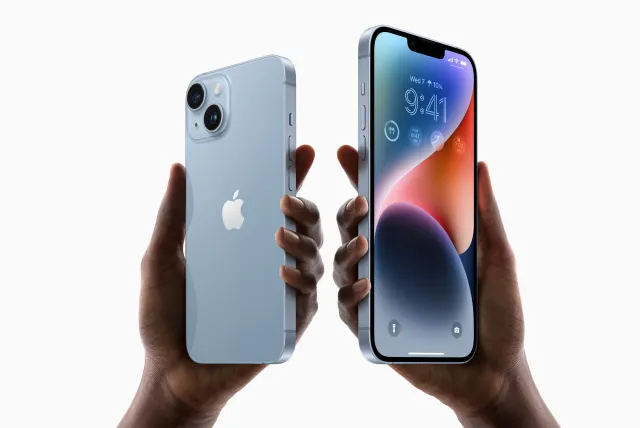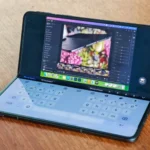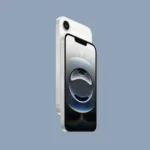With the launch of the iPhone 16E, Apple has removed its last iPhones with Lightning from its online store.
Apple has officially put an end to the Lightning port era. With the launch of the iPhone 16E and the quiet removal of the iPhone 14 and third-generation iPhone SE from its website, Apple no longer sells new iPhones equipped with Lightning ports. From this point forward, all new iPhones will feature a USB-C port—a long-anticipated change that finally brings Apple’s flagship smartphones in line with industry standards.
A Long Time Coming
The transition from Lightning to USB-C is far from sudden. Apple has been making this shift gradually across its product lineup for years. iPads, MacBooks, and even accessories like the Magic Keyboard and Magic Mouse have already adopted USB-C. The Siri Remote for Apple TV also ditched Lightning in favor of USB-C. With iPhones now joining the trend, Apple’s ecosystem is becoming more unified, making it easier for users to manage a single charging standard across devices.
Why the Switch?
The move to USB-C is driven by multiple factors. First, USB-C offers faster data transfer speeds and more universal compatibility. Users no longer need to carry multiple cables for different Apple devices—one USB-C cable can now charge a MacBook, an iPad, and an iPhone.
Second, regulatory pressures played a role. The European Union passed a law requiring all smartphones sold in the region to adopt USB-C by 2024, aiming to reduce electronic waste and improve consumer convenience. While Apple was initially reluctant to abandon Lightning, the company eventually aligned with the new regulations.
What About Lightning Accessories?
Although new iPhones will no longer feature Lightning, Apple still sells a few accessories that rely on it. The first-generation Apple Pencil, for example, continues to require a Lightning connection, as do some older adapters and charging docks. However, as Apple continues to phase out Lightning, it’s likely that these accessories will also be updated or discontinued in the near future.
A Personal Take: Time for an Upgrade?
As someone who has held onto an iPhone 12 Mini, I have to admit that I appreciated the compact form factor and the familiarity of the Lightning port. However, with this latest shift, it’s becoming increasingly clear that USB-C is the future. If you’ve been reluctant to upgrade, now might be the perfect time to embrace the change. Apple’s latest lineup offers a range of USB-C iPhones with better performance, improved cameras, and longer battery life.
The Bigger Picture: A More Seamless Future
The standardization of USB-C across Apple’s ecosystem is a win for consumers. It means fewer cables, greater convenience, and a more streamlined experience when using multiple Apple devices. The transition may require some adjustments, especially for those with older accessories, but in the long run, it’s a positive step toward a more efficient and user-friendly tech environment.
The Lightning era is officially over, and with USB-C now the standard across Apple’s newest devices, the future looks more connected than ever. If you’ve been waiting for the right time to upgrade, this might just be your moment.










